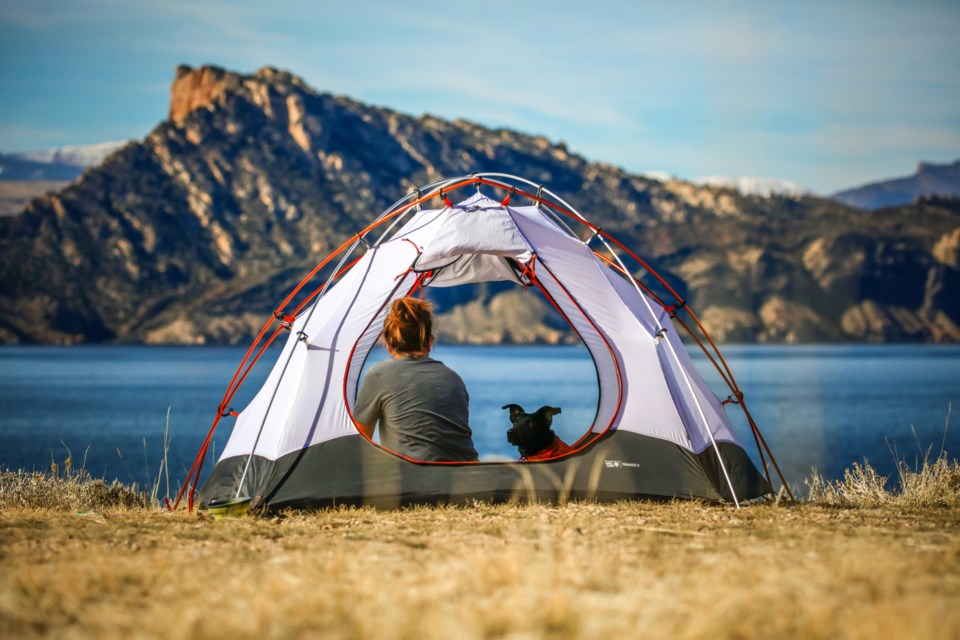
Colorado is home to incredible historical sites that showcase its rich past. From ancient Puebloan ruins to fossil beds and historic forts, each site offers a glimpse into the state's diverse heritage. Visitors can explore preserved landmarks, breathtaking landscapes, and cultural treasures. Whether you're interested in archaeology, early settlements, or natural history, these destinations have something for everyone. Plan your visit to these Colorado historical sites and experience history firsthand!
12 Colorado Historical Sites
1. Hovenweep National Monument
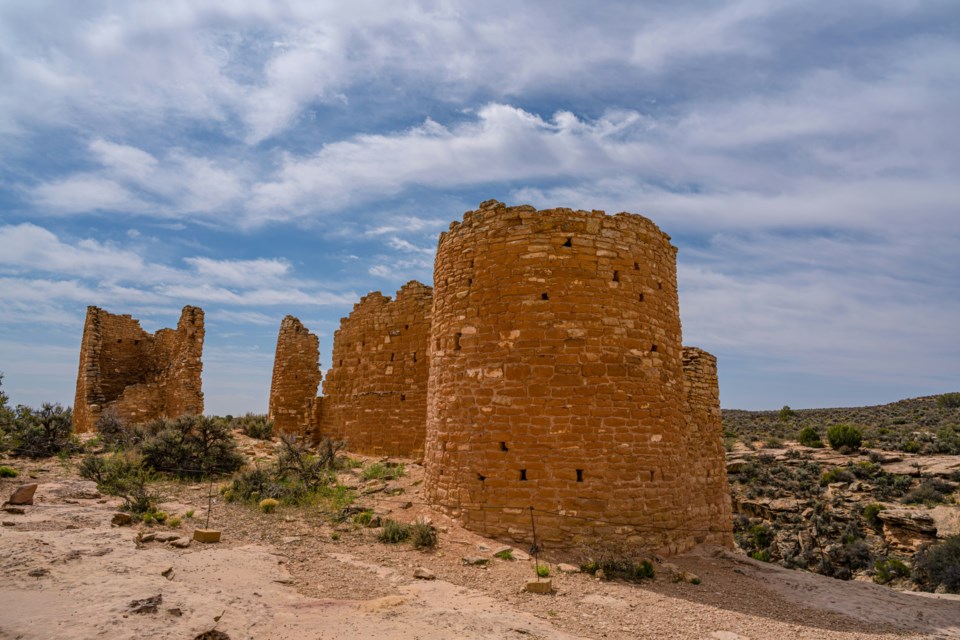
Hovenweep National Monument sits on the southern border of Colorado and Utah, preserving six prehistoric villages built nearly 800 years ago by the Ancestral Puebloan people. The site features stunning stone towers, kivas, and ancient dwellings, offering a fascinating look into early Indigenous architecture and survival in the high desert. Visitors can take a scenic hike through the rugged landscape, exploring these historic structures while enjoying breathtaking mesa views. The site’s remote and quiet setting adds to the sense of mystery surrounding its past, making it a must-visit for history and archaeology enthusiasts. A visit to Hovenweep provides a unique glimpse into the ingenuity, resilience, and culture of the region’s early inhabitants.
2. Bent’s Old Fort National Historic Site
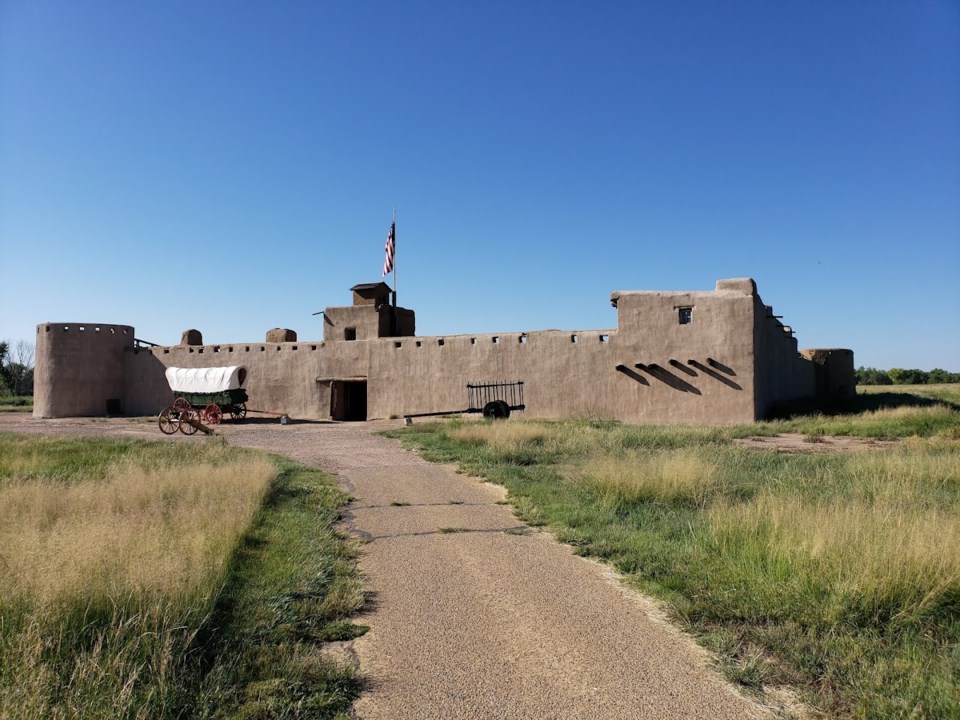
Located near La Junta in southeastern Colorado, Bent’s Old Fort National Historic Site is a reconstructed 1840s trading post that once played a key role in the Santa Fe Trail’s fur trade. The fort was a bustling center where traders, trappers, and Native American tribes gathered to exchange goods, news, and culture. Today, visitors can step back in time with guided tours, living history demonstrations, and interactive exhibits that bring the past to life. The fort’s adobe walls, period furnishings, and costumed reenactors recreate the atmosphere of the frontier era, making it feel as though you’ve traveled back in time. It’s a must-visit for history enthusiasts eager to learn about Colorado’s rich trading and pioneer past.
3. Dinosaur National Monument
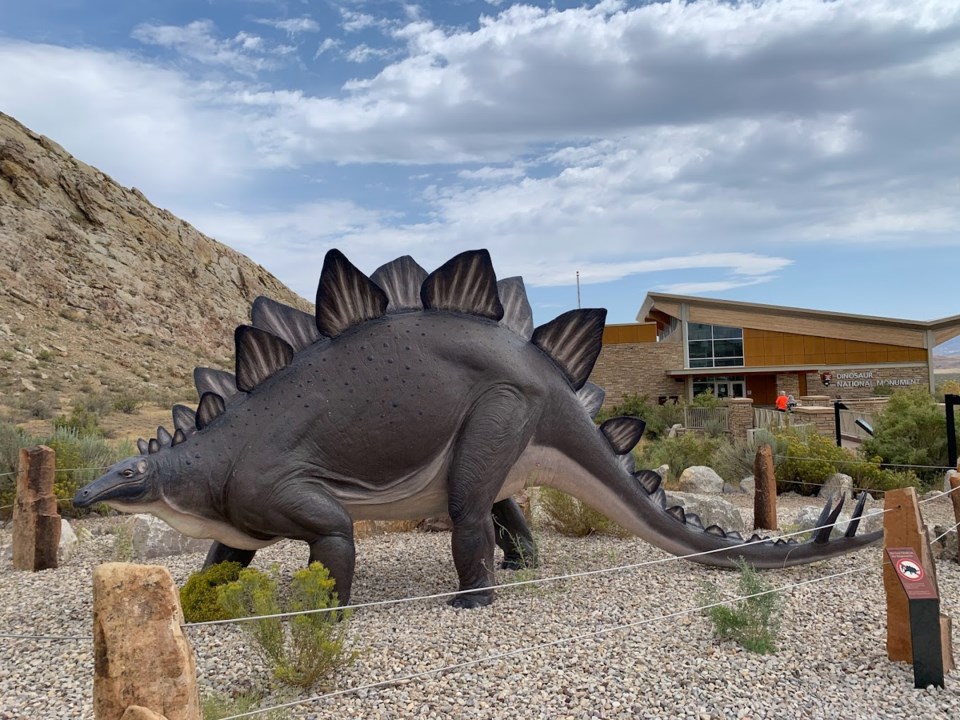
Straddling the Colorado-Utah border, Dinosaur National Monument is a paradise for paleontology lovers and outdoor adventurers alike. The site is famous for its Carnegie Dinosaur Quarry, where nearly 1,500 fossilized dinosaur bones from species like Allosaurus, Apatosaurus, and Stegosaurus can be seen embedded in rock. In addition to fossils, the monument also boasts stunning canyons, rock formations, and ancient petroglyphs left by Indigenous people thousands of years ago. Visitors can take scenic drives, go whitewater rafting on the Green River, or hike through the rugged landscape to explore more hidden gems. Whether you’re interested in prehistoric creatures or dramatic scenery, this site offers a fascinating journey into the past.
4. Chimney Rock National Monument
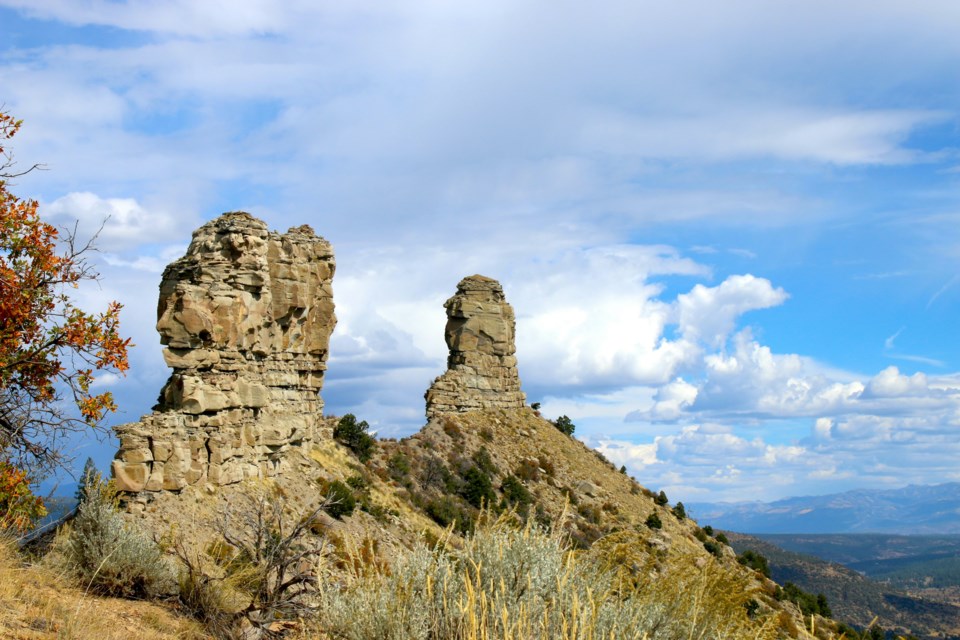
Chimney Rock National Monument, located near Pagosa Springs, protects important Ancestral Puebloan archaeological and astronomical sites dating back over 1,000 years. The towering rock formations served as a sacred site and celestial observatory, where ancient people studied the stars and aligned their structures with astronomical events. Visitors can take guided tours to explore the ancient dwellings and learn about the cultural and spiritual significance of the site. With panoramic mountain views, rich archaeological history, and a deep connection to the natural world, Chimney Rock is both a scenic and educational destination. Those who visit will walk in the footsteps of early Indigenous astronomers and settlers.
5. Florissant Fossil Beds National Monument
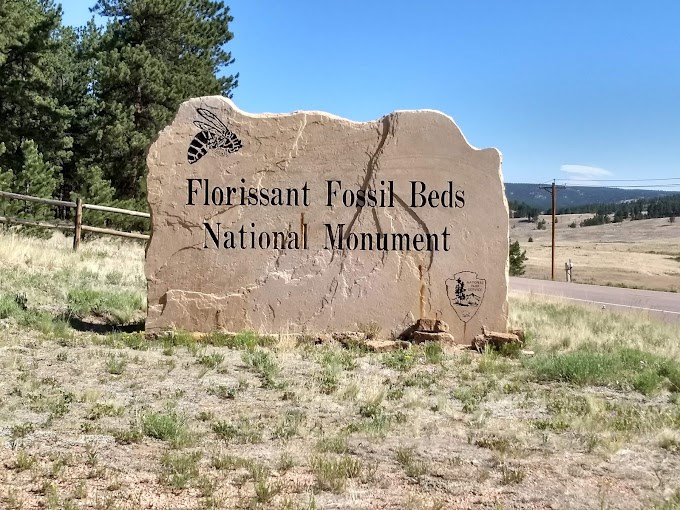
Nestled in the mountains west of Colorado Springs, Florissant Fossil Beds National Monument is home to one of the world’s richest fossil deposits. The site preserves 34-million-year-old petrified redwood stumps and delicate insect fossils, offering a fascinating glimpse into prehistoric ecosystems that once thrived in the region. Visitors can hike through the fossil beds, explore the visitor center’s exhibits, and learn about the area’s paleontological significance through ranger-led programs. The monument’s trails provide stunning views of Pikes Peak, adding to the experience of stepping back in time. This site is perfect for nature lovers, science enthusiasts, and anyone curious about Colorado’s ancient past.
6. Colorado National Monument
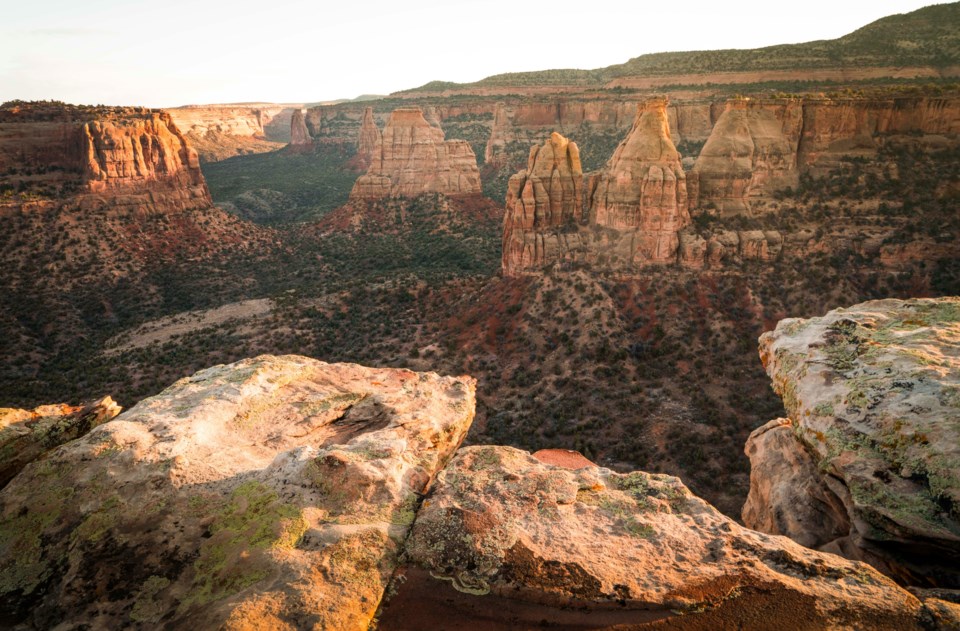
Located near Grand Junction, Colorado National Monument is famous for its towering red rock formations, deep canyons, and breathtaking desert landscapes. Established in 1911, the monument showcases the beauty of the Colorado Plateau with scenic drives, hiking trails, and viewpoints along the stunning Rim Rock Drive. The park is home to diverse wildlife, including bighorn sheep, golden eagles, and mule deer, making it a great destination for wildlife enthusiasts. Outdoor lovers can explore dramatic rock formations, sheer cliffs, and rugged canyons that tell a story of millions of years of geological change. A visit here combines history, geology, and outdoor adventure, making it a true Colorado treasure.
7. Sand Creek Massacre National Historic Site
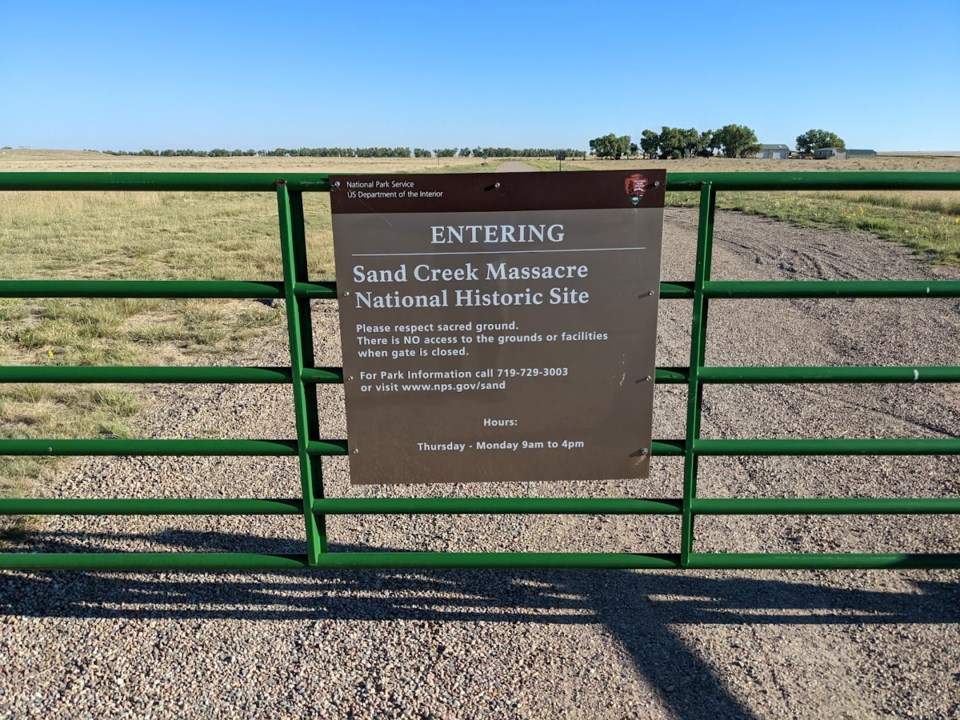
The Sand Creek Massacre National Historic Site, located near Eads, commemorates a tragic and painful event in U.S. history. On November 29, 1864, Colorado volunteer soldiers attacked a peaceful encampment of Cheyenne and Arapaho people, killing over 200 men, women, and children. Today, the site serves as a place of remembrance, education, and healing, ensuring that the victims’ stories are not forgotten. Visitors can take a ranger-led tour to learn about the massacre’s impact on Native communities and its significance in American history. Walking the quiet trails of the site offers a sobering yet important opportunity to reflect on the past and honor those who lost their lives.
8. Yucca House National Monument
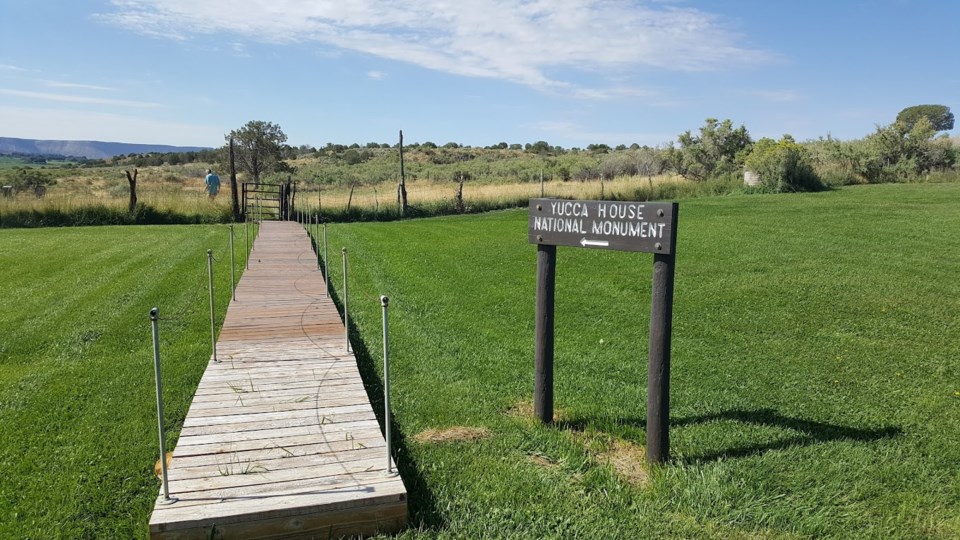
Yucca House National Monument, located near Cortez, is an important archaeological site preserving the remains of a large Ancestral Puebloan village. Dating back over 1,000 years, this unexcavated site gives visitors a rare opportunity to explore an untouched historical landmark filled with mystery and intrigue. A short walk through desert shrubland leads to the ruins of ancient structures, including the Upper House and Lower House, which once housed hundreds of people. The area’s springs once provided vital water sources for the early inhabitants, making it an important settlement in its time. This site offers a peaceful and intriguing glimpse into the daily lives of the early Puebloan people and their connection to the land.
9. Browns Canyon National Monument
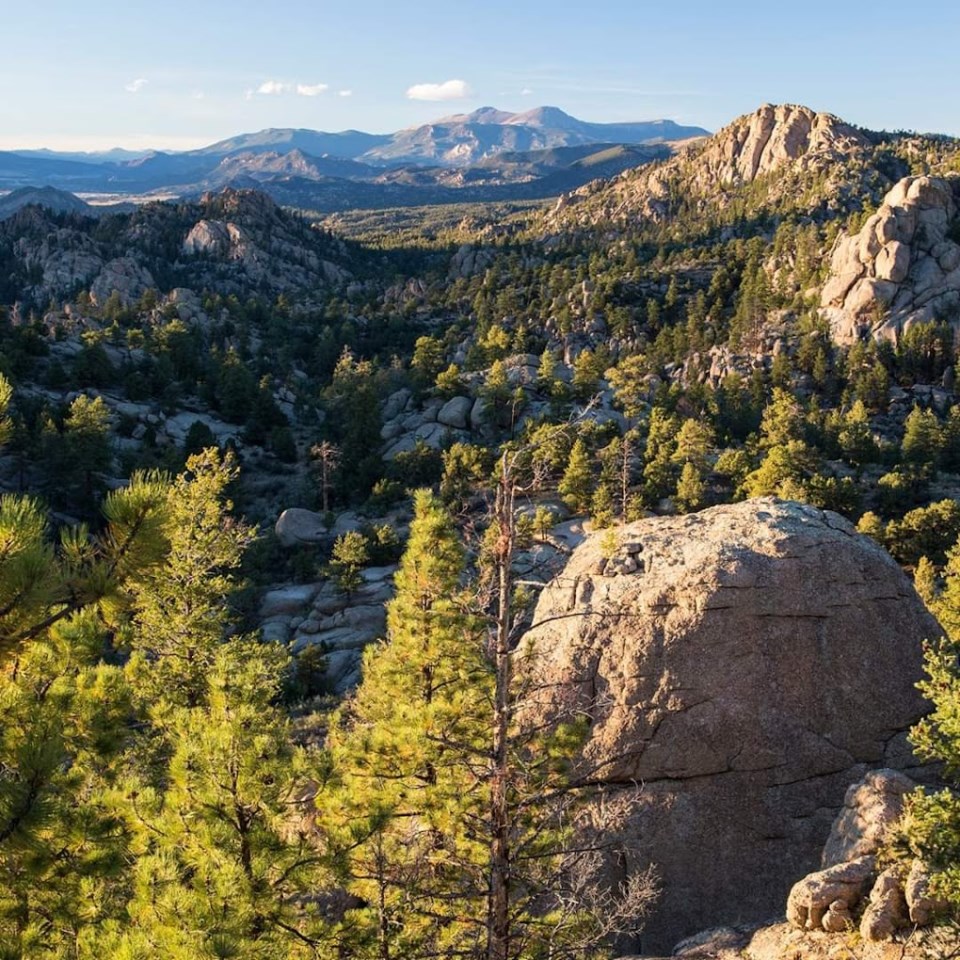
Browns Canyon National Monument, located near Buena Vista, protects a rugged and remote stretch of the Arkansas River. Known for its dramatic granite cliffs, diverse wildlife, and rushing rapids, the area has long been valued for both its natural beauty and historical significance. Visitors can hike through the backcountry, fish in the river’s pristine waters, or experience thrilling whitewater rafting adventures. The region has been home to Indigenous people, miners, and settlers, leaving behind stories of survival and exploration. This monument offers an incredible mix of history, outdoor recreation, and scenic landscapes that highlight Colorado’s wild beauty.
10. Canyons of the Ancients National Monument
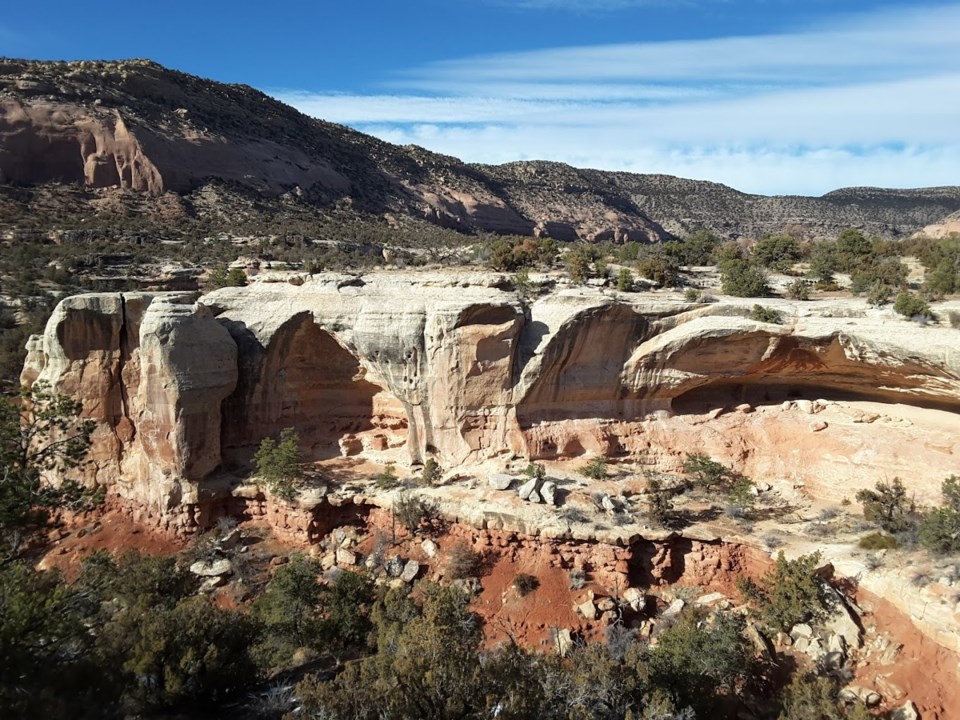
Canyons of the Ancients National Monument, near Dolores, is home to one of the highest concentrations of archaeological sites in the U.S. The monument protects thousands of ancient structures, including dwellings, kivas, and petroglyphs left behind by Ancestral Puebloans. Visitors can start at the Anasazi Heritage Center to view artifacts such as pottery, sandals, and tools before setting out to explore the remote and fascinating ruins. The vast landscape holds evidence of civilizations that thrived for centuries, offering a powerful look into Indigenous history. This site is a must-see for those interested in archaeology, Indigenous heritage, and exploring Colorado’s past.
11. Arapaho National Recreation Area
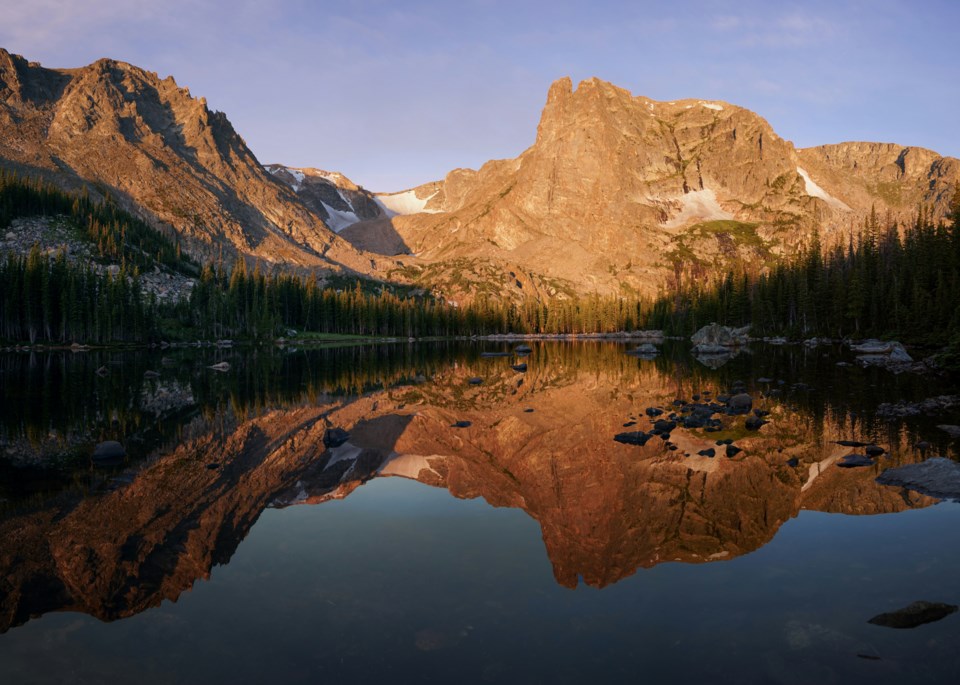
Arapaho National Recreation Area, near Granby, features five stunning reservoirs often referred to as the "Great Lakes of Colorado." Established in 1978, this area offers a combination of outdoor recreation and historical significance, with connections to early settlement and water conservation efforts. Visitors can enjoy hiking, fishing, boating, and wildlife viewing while taking in the breathtaking mountain scenery. The area’s lakes have played a crucial role in Colorado’s development, providing water resources for agriculture and communities. A trip here blends history, nature, and adventure for an unforgettable experience.
12. Curecanti National Recreation Area

Located near Gunnison, Curecanti National Recreation Area is known for its three large reservoirs that provide excellent opportunities for fishing, boating, and birdwatching. The area is also rich in history, with ties to early exploration, Native American heritage, and the development of water management in the West. Visitors can take a ranger-led boat tour through Morrow Point Reservoir to learn about the region’s geology and cultural past while enjoying breathtaking canyon views. Whether you're looking for outdoor recreation or a lesson in history, this site is a hidden gem in western Colorado worth exploring.
Best Time to Visit Colorado Historical Sites
Colorado historical sites can be visited year-round, but the best time depends on weather conditions and personal preferences. Spring and fall offer mild temperatures and fewer crowds, making it easier to explore outdoor landmarks like Mesa Verde and Chimney Rock. Summer is the busiest season, especially at national monuments and parks, but it also provides the longest daylight hours for sightseeing.
Winter visits can be magical, especially in snow-covered locations like Bent’s Old Fort or Curecanti, but access to certain sites may be limited due to weather conditions. Always check for seasonal closures and guided tour availability before planning your trip. No matter when you visit, dressing appropriately for the climate and altitude will help ensure a comfortable experience.
How to Prepare for a Trip to Colorado Historical Sites
A little planning can make your visit to Colorado historical sites more enjoyable. Start by researching each site’s location, entry fees, and visitor center hours to avoid unexpected surprises. Many sites require moderate walking or hiking, so wearing comfortable shoes and bringing water is essential. If you plan to visit remote areas like Canyons of the Ancients, pack extra supplies, including snacks, sun protection, and a map.
For a deeper experience, consider joining a guided tour or stopping by on-site museums that provide historical context. Some locations, like Sand Creek Massacre National Historic Site, offer ranger-led programs that enrich your understanding of the past. By preparing ahead of time, you can fully appreciate the stories and significance of these incredible landmarks.
Essential Tips for Visiting Colorado Historical Sites
To make the most of your visit to Colorado historical sites, plan ahead and be mindful of site-specific rules. Some locations, like Yucca House, are unexcavated and have minimal facilities, so visitors should be prepared for a more self-guided experience. Always respect the sites by staying on marked trails and not touching or disturbing historical artifacts.
Weather in Colorado can change quickly, especially in higher elevations, so bring layers and check the forecast before heading out. If you’re visiting multiple sites in one trip, consider getting a national park or monument pass to save on entrance fees. Whether you're a history buff or a casual traveler, these tips will help you have a smooth and memorable journey through Colorado’s rich past.
Conclusion: Discover the Rich History of Colorado Historical Sites
Exploring Colorado historical sites is like stepping back in time, from ancient Puebloan villages to frontier trading posts and fossilized landscapes. Each site tells a unique story, offering a glimpse into the people and events that shaped the region. Whether you're walking through centuries-old ruins or admiring towering rock formations, these landmarks provide an unforgettable experience.
No matter your interests, Colorado’s history is waiting to be discovered. Plan your trip, visit these remarkable sites, and immerse yourself in the state’s fascinating past. By preserving and appreciating these places, we help keep their stories alive for future generations.


